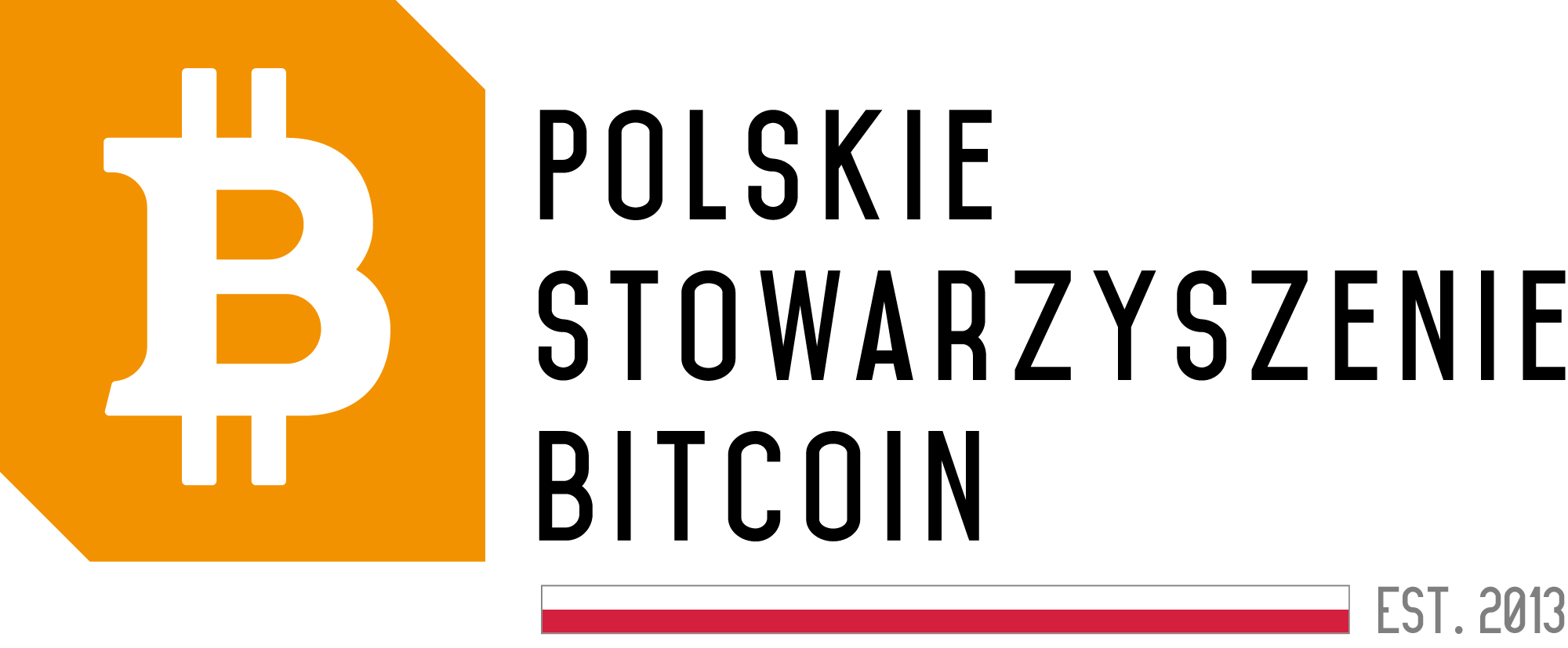public-key infrastructure
Public Key Infrastructure, also known as PKI, is a complex system that enables secure information exchange in the online environment. It is a set of protocols, procedures, and technologies designed to manage cryptographic keys and authenticate users. Thanks to PKI, it is possible to encrypt data, provide digital signatures, and verify identities in the network, which is a key element in ensuring confidentiality and integrity of transactions in the digital environment.
How does Public Key Infrastructure work?
PKI is based on two types of keys – public and private. These keys are mathematically related to each other, but it is not possible to reverse the process from one key to another. The public key is used to encrypt information or verify a signature, while the private key is used to decrypt information or sign documents. Because the private key is known only to its owner, it enables the confirmation of the authenticity of a person or institution in the online world.
Applications of Public Key Infrastructure
PKI is used in various areas such as e-commerce, online banking, e-government, and network security. By enabling secure information exchange, PKI prevents impersonation of other individuals and protects data confidentiality. In today’s world, where cyber threats pose a serious challenge to organizations and internet users, Public Key Infrastructure is crucial for ensuring security of online transactions and protecting data from unauthorized access.
In conclusion, Public Key Infrastructure plays a crucial role in the contemporary digital world, enabling secure and confidential communication as well as online transactions. Through the implementation of PKI, user authentication, data integrity, and prevention of man-in-the-middle attacks are made possible.
Ensuring security in the network is currently a priority for many companies and institutions, which is why Public Key Infrastructure remains an indispensable tool in today’s digital world.






